Depletion of RAD51 and BRCA2, which regulate the association of TERRA
Por um escritor misterioso
Descrição
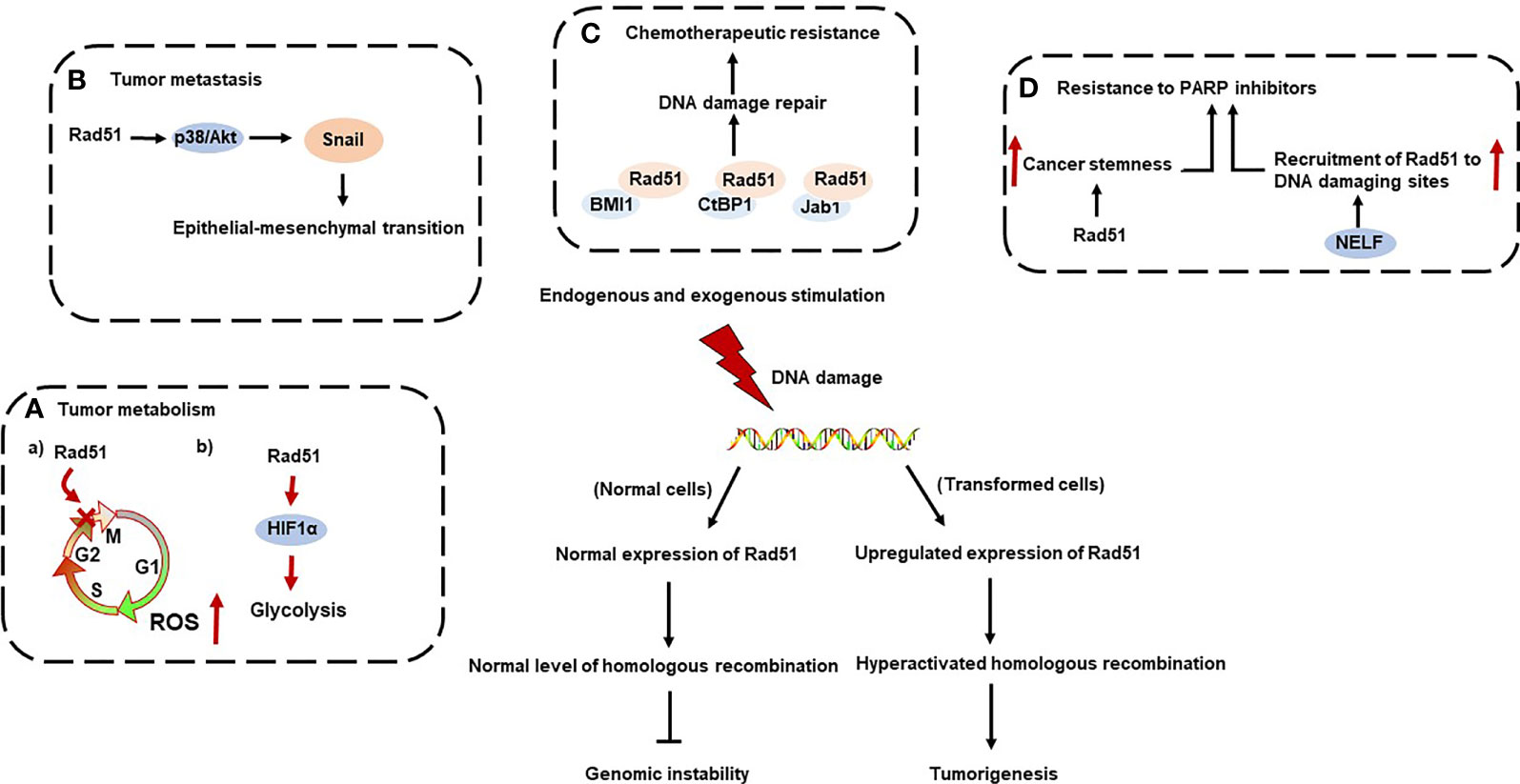
Frontiers The Emerging Roles of Rad51 in Cancer and Its Potential as a Therapeutic Target
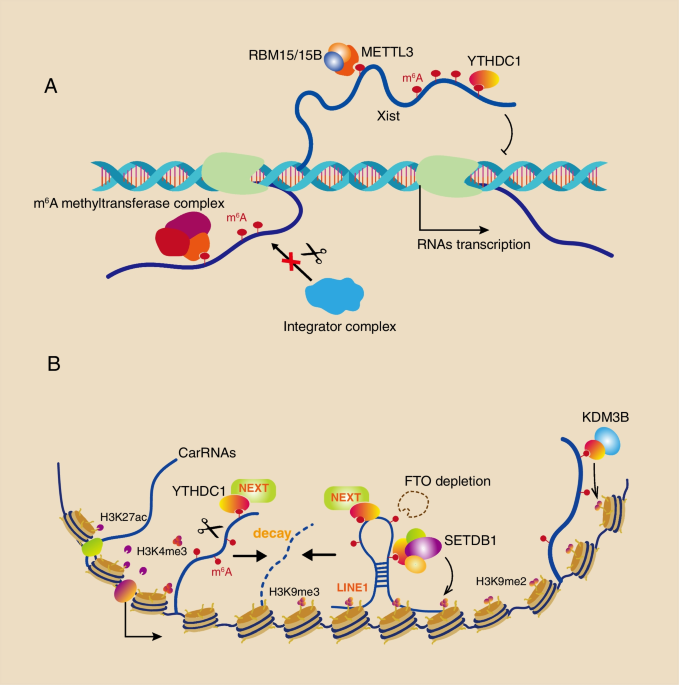
The chromatin-associated RNAs in gene regulation and cancer, Molecular Cancer
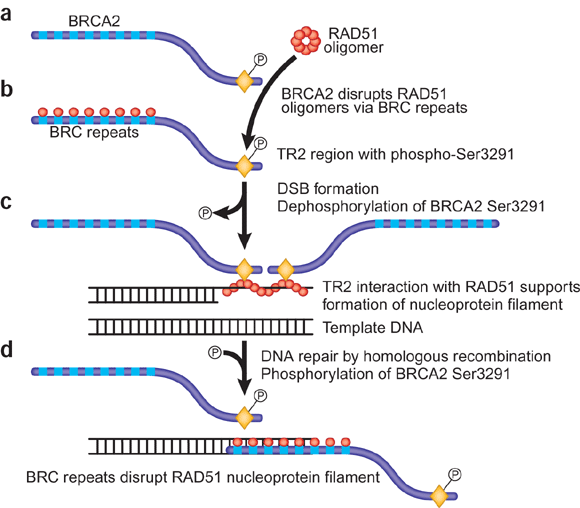
RAD51, BRCA2 and DNA repair: a partial resolution

Schematic representation of Rad51 interactions with its direct partners
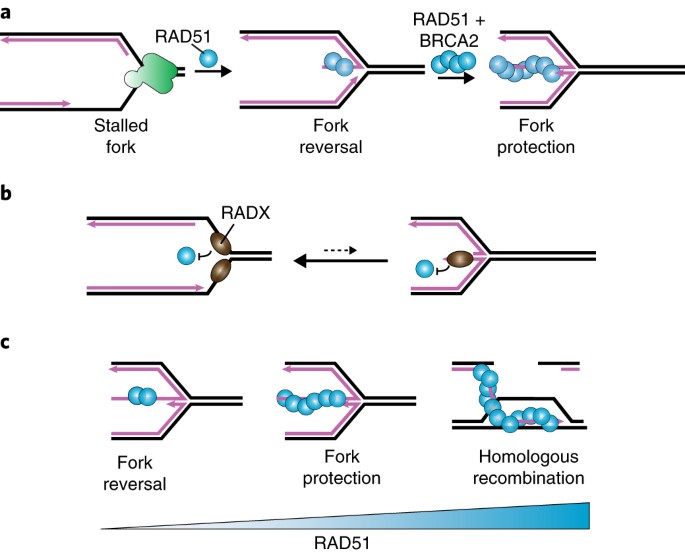
RPA and RAD51: fork reversal, fork protection, and genome stability

RAD51-dependent recruitment of TERRA lncRNA to telomeres through R-loops. - Abstract - Europe PMC
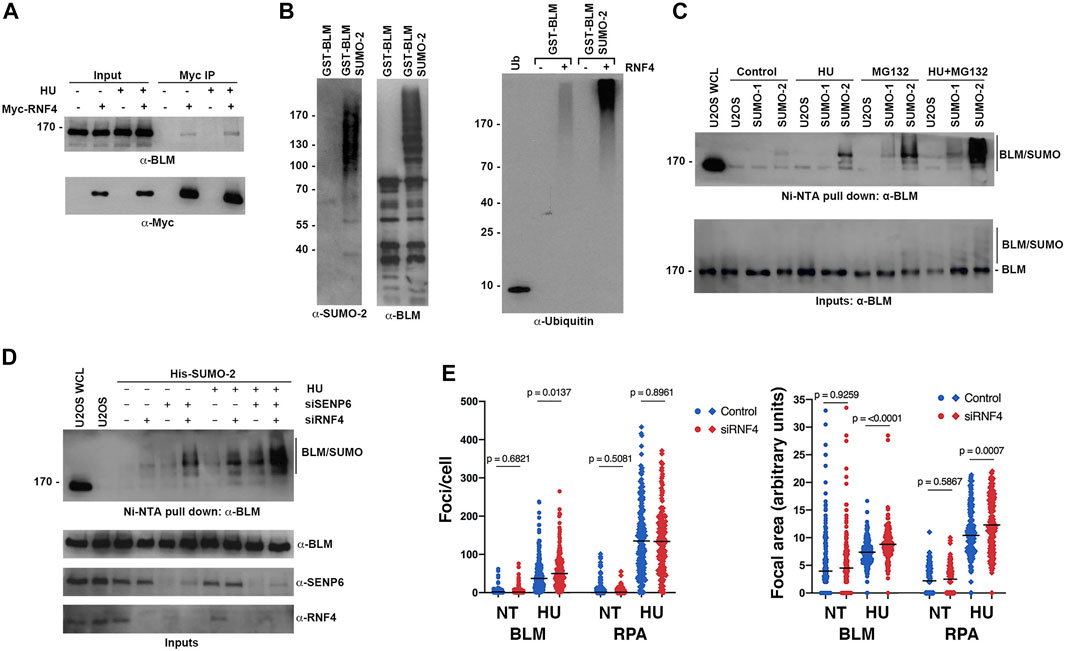
Frontiers RNF4 Regulates the BLM Helicase in Recovery From Replication Fork Collapse
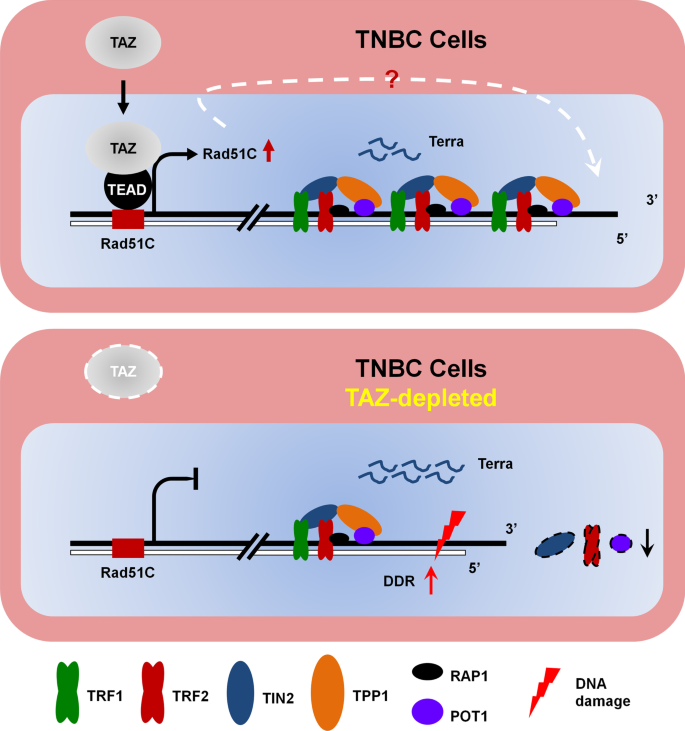
TAZ maintains telomere length in TNBC cells by mediating Rad51C expression, Breast Cancer Research
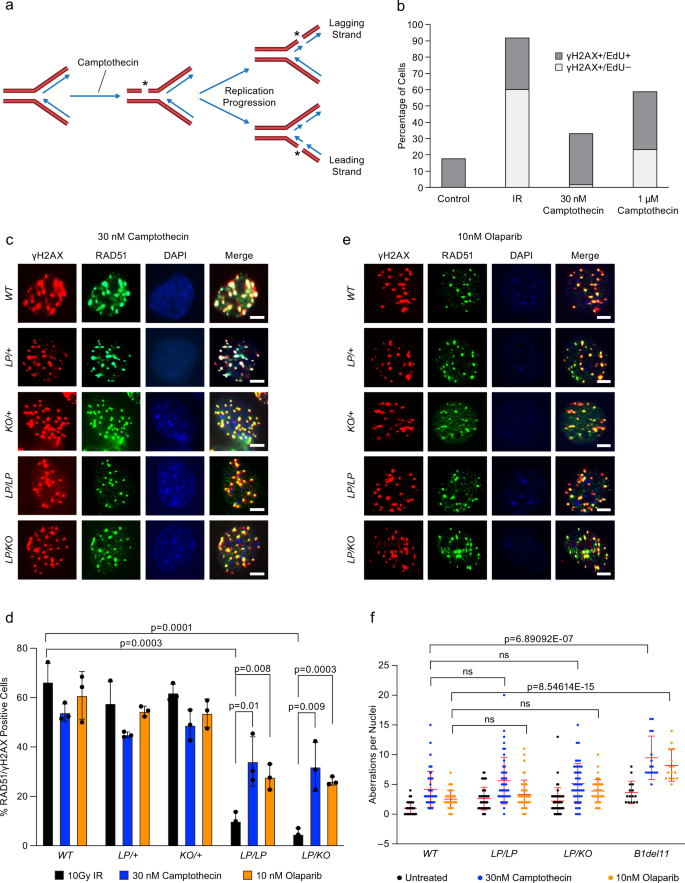
BRCA2-DSS1 interaction is dispensable for RAD51 recruitment at replication-induced and meiotic DNA double strand breaks

Double-Strand Break Repair-Independent Role for BRCA2 in Blocking Stalled Replication Fork Degradation by MRE11: Cell

TRF1 and TRF2 Differentially Modulate Rad51-Mediated Telomeric and Nontelomeric Displacement Loop Formation in Vitro
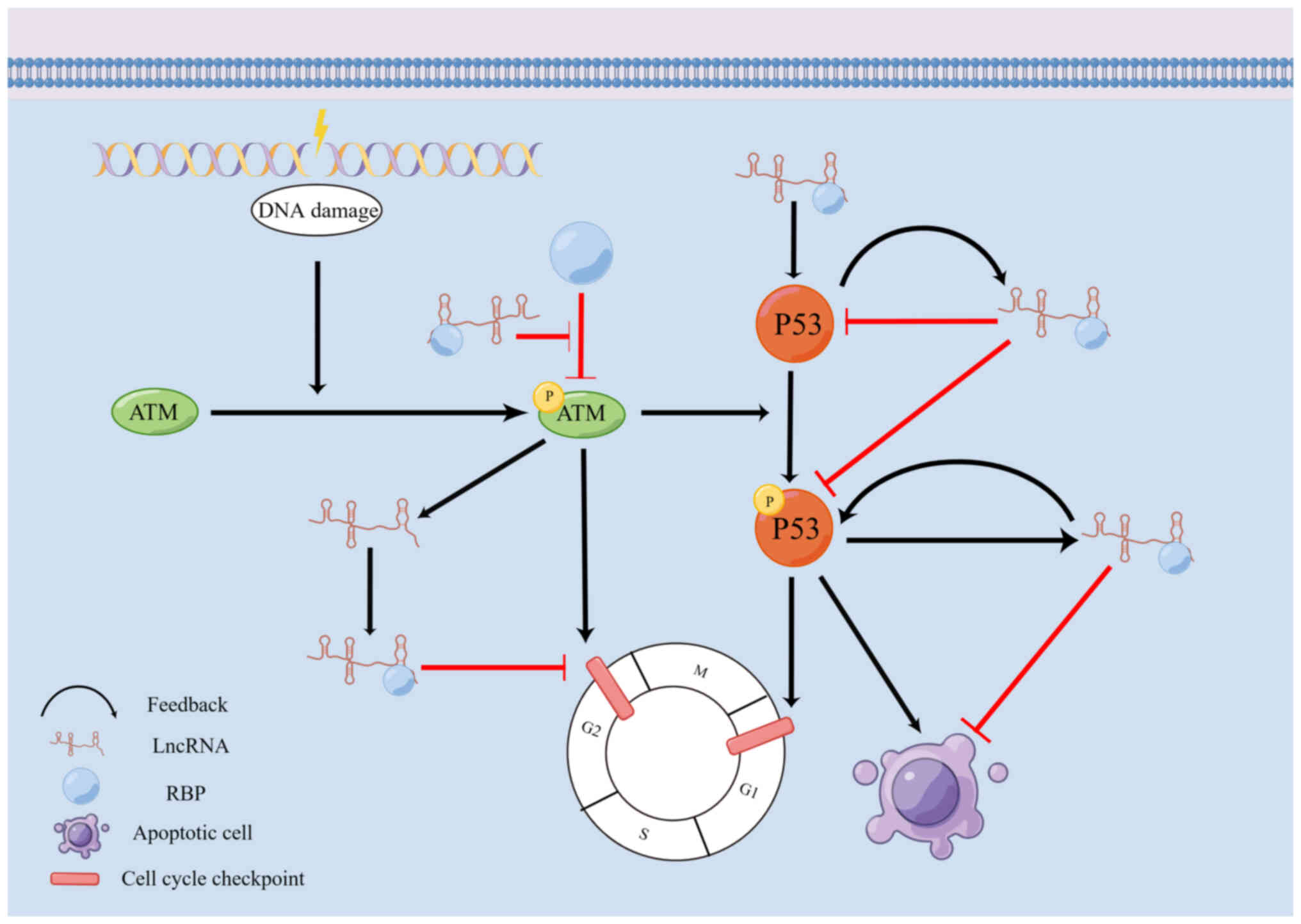
Advances in the role of long non‑coding RNAs and RNA‑binding proteins in regulating DNA damage repair in cancer cells
de
por adulto (o preço varia de acordo com o tamanho do grupo)







